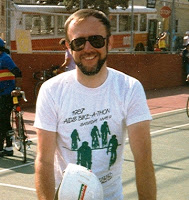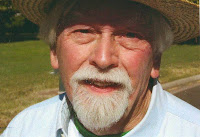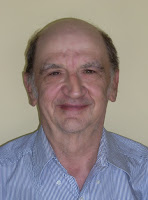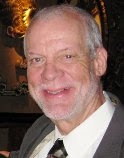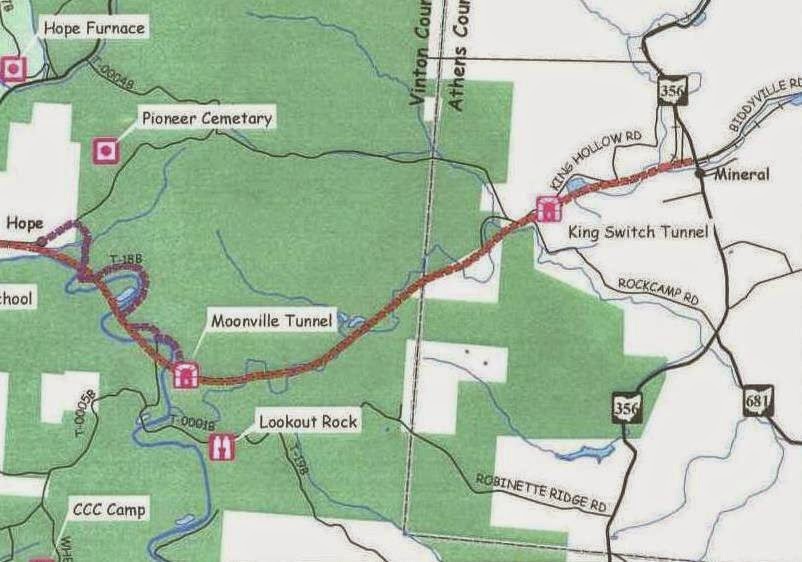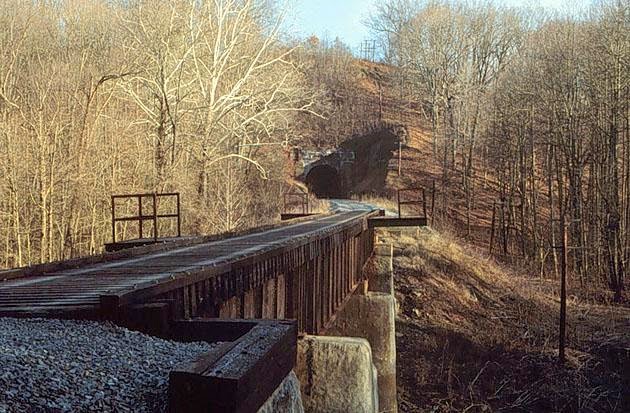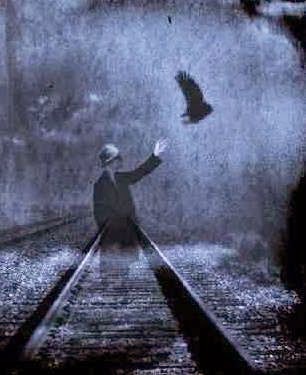Now, I don’t believe in ghosts. But I know that my life is full of them. I don’t mean ghosts who go around rearranging the furniture in my house or turning lights off or on. And I don’t mean ghosts that are just faint memories of past people and places. Remembering is part of it but remembering is just a mental act of recall. I mean a sense of the presence of someone or something that is not here. I mean a sense of place when you’re not in that place and haven’t been for a long, long time.
Memories can be triggers. So can sounds, especially music, and flavors and smells. The scent of patchouli always immediately takes me back to Hippie Hill in Golden Gate Park in 1968. It’s a sensation, not a thought, of the past. Certain Grateful Dead songs do it, like Black Peter and Sugaree, give me more than a musical memory. Expecting to Fly by Buffalo Springfield, almost anything by the Moody Blues re-create places like funky living rooms in San Francisco flats I have lived in. I associate songs by Steve Miller with climbing Mt. Tamalpais north of San Francisco. I have no idea why. They probably ran through my mind when I was doing that.
Joni Mitchell songs are also very evocative for me. I recall walking down a street one sunny morning hearing Night in the City wafting from someone’s open window. The image has stuck with me. Sometimes when I’m in San Francisco, I walk down that same block as I did decades ago. Yes, the song is still there.
I will be in San Francisco in a few weeks. That city is full of ghosts everywhere. I am still most attached to the two cities where I know the most ghosts: Cleveland where I grew up and San Francisco where I also grew up. Denver holds few ghosts for me and the least attachments though I have lived here a long time.
Hometowns imprint themselves on your memory bank much like first impressions are said to happen with ducklings. The first things seen become the mother of all further impressions, a standard by which all experience is ranked. I guess our creative imaginations are then a blank screen ready to receive whatever pictures show up.
When I go back to my hometown, I see ghosts. The city is a fraction of the size it was when I was a kid. The crowds are mostly gone and with them, the once bustling city. Rapid transit trains that I rode as rattling, noisy and packed are now brand new, quiet and rarely packed. But I see the ghosts.
And when I really want to be with the ghosts, I go to one of the grand old cemeteries that hold members of my family and my ancestors. Those ghosts aren’t going anywhere. I can count on them staying put.
Actually, ghosts don’t move around much. In San Francisco, everybody moves frequently but the ghosts stick around. At the AIDS Memorial Grove in Golden Gate Park there are lots of ghosts. One has only to sit still and they show up. That used to be true of other places around the city but many of those—like the Trocadero disco—are gone and have become ghosts themselves. Even Castro Street has lots of ghosts on it as baby strollers have peculiarly replaced men in plaid flannel shirts.
Ghosts are fun. My ghosts are anyway. They love to dance—many of them are crazy about ABBA and, of course, Diana Ross.
When I was a kid, my father loved to tell stories about when he was a kid and his grandfather knew a bunch of old army veterans from the Civil War. Dad sat and listened as these old guys told their war stories. More than remembering and telling, they, and my dad through them, relived those experiences at each retelling. Now, I know what he felt.
© 23 April 2017
